WHAT: A sleepover at the Uros Qhantany Lodge: a floating island of an Uros family at Lake Titicaca WHERE: Lake Titicaca, the highest navigable lake in the world. The island itself is located near Puno, some 30 minutes by boat. HOW LONG: We stayed for one whole day and one night. That was more than enough, just an afternoon would have done the trick too in case you're short in time. HOW MUCH: In the end we had to pay $108,- USD. This included a night in a private room, transportation to and from the island, a dinner for two and a shared lunch. For the activities you don't have to pay.
After a long day in the bus from Colca Canyon and a not so noteworthy night in Puno afterwards, we finally were able to leave mainland Peru for a little while. (On that note, if you can, seriously skip Puno as I can’t recall anything pleasant about that city. Especially without planning a trip there’s no sense in going to Puno at all)
Anyway, we were finally ready for lake Titicaca, a huge lake border by both Peru and Bolivia and famous because of its altitude (a dizzying 3810 meters /12,500 feet) and the 62 Uros islands situated 5 km in front of the coast of Puno. The Uros are a indigenous race who migrated to Lake Titicaca some 3,700 years ago. Over time, they mixed with the nearby Aymara people. Due to the arrival of the Incas centuries ago, the Uros started building their floating artificial islands out of totora reed, in an attempt to escape the Inca attacks. Nevertheless, the Inca found out about their floating existence and forced many Uros into slavery.
Nowadays some 1,200 Uros people still live on the islands, almost exclusively living on tourism and a bit on fishing. There’s especially one cluster of the archipelago which is jammed in the morning with tourists on day trips. Since I wanted to really experience life on the water for a day, yet avoid the trap of the busy touristy part of the ‘archipelago’, I’d booked in advance a stay with a local Uros family on a floating reed island.
It’s relatively unknown that you can do that and you have to be willing to be happy with a very basic stay. The prices for such a night on the reed go up as high as $400,- USD. As that seemed a little obnoxious, after browsing the web for a little while the selection pretty much came down to the Uros Qhantany Lodge. It looked clean and colourful, with good reviews and for a price of $68,- USD I was way higher than an average night in Peru, but at least it wasn’t breaking the bank.
Thus owner Wilber came to pick us up from Puno in the late morning. With his boat we cruised for some 30 minutes through the reef along the main tourist route. As the Qhantany Lodge is off of the beaten path, the island is a bit more peaceful and mostly surrounded by reed. Quite weird it was to take the first step on the island. You really have to get used to the mushy underground. After all, you’re walking on reed!
Wilbur’s upbeat wife Delia greeted us from the island, and showed us our room. It was pretty basic, yet clean, with a solar panel (!) and a beautiful view upon the lake. Even though we had our own building – with a private bathroom and all – it really felt like we were in a homestay. The host family has two kids and a cat that all are playing during the day on the island, and apart from them you often see more members of the extended family walking around.
Even though we were their only guests, both Wilbur and Delia were eager to share stories and experiences, and tried to make us feel home as much as possible. Before lunch Wilbur took us out to fish, telling us stories about how the Uros maintain the reed buildings and the island itself as he was checking the fish nets (we unfortunately had a lousy catch by the way that day).
Workers collect totora reed and weave their dense roots together to form a sturdy layer. Considering the base of each island is up to 2 meters (6.5 feet) thick, this takes considerable time and effort. To hold them in place, the islands are moored to the lake bed using a lot of rope and sticks. Sometimes you see the islands therefore connected to one another by a line, to prevent them from moving.
Nevertheless the creation is basically a never ending process, as the reed slowly rots away on the bottom of the island, a problem that is exacerbated by people walking around. Every now and then a new layer must be added and every two years the houses need to be replaced. On the busier islands, reeds need to be swapped out every three months or so. As we were peddling back to the island, funny enough we saw on one of the neighbouring islands how the replacement of a house is done. With a lot of muscle work I can tell you.
Later on the island, Delia’s sister dressed us up in traditional clothes and braided my hair, while learning us more about Lake Titicaca and its history. The extra layer of clothes honestly was a welcoming feature as the temperatures were dropping by the end of the day. After dinner (a decent chicken – there was an even better trout for lunch), Delia put hot water bottles in our bed to keep us warm at night (no central heating on a floating island :)). That, the early night in, perhaps the altitude and for sure the extra blankets, made us sleep for a loooong time.
All in all I’m positive with a slight paradoxical feeling about this trip. So.. was it touristy, you might wonder? Yes, it really really was. Why? Well.. because it’s clearly that the Uros live from this type of income. On the other hand, as a visitor you’re at the base of this contradiction. While looking for an authentic experience you’re perhaps basically the reason why the Uros still do what they’ve been doing for ages. Without the tourism income, many more people probably would have left the island for seeking jobs on the mainland. So it’s complex.
And… was it worth it? Well, yes. Even despite that sometimes touristy touch we had a pretty relaxed stay on the island and we really were introduced to their language, customs and lifestyle. Also because we had so much time on the island to do things it adds to a much more authentic feel, compared to the tourist shows on the other islands.
Apart from just going with the flow there was just nothing really to do, which was quite relaxing in a way. On top of that the hosts really make sure you have a nice and tranquil stay. But I guess when you have horrible weather (although that doesn’t happen so often on the lake so I’ve heard), the positive elements of this experience will be diminished for sure. The only thing that annoyed me a bit was when the other women of the family were pushing us to buy their souvenirs. I felt almost obliged to buy something. But I guess you can just thank them and walk away if you’re not interested. Apart from that, it was a remarkable experience to stay on a floating reed island and learn about the Uros and their islands for sure!

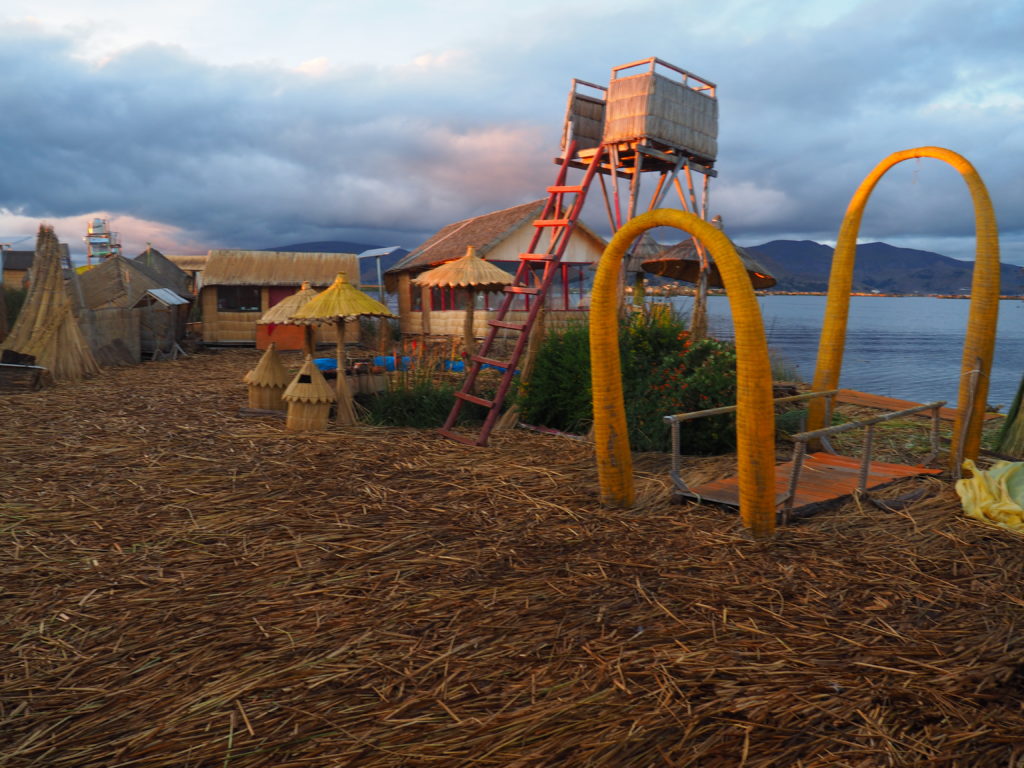

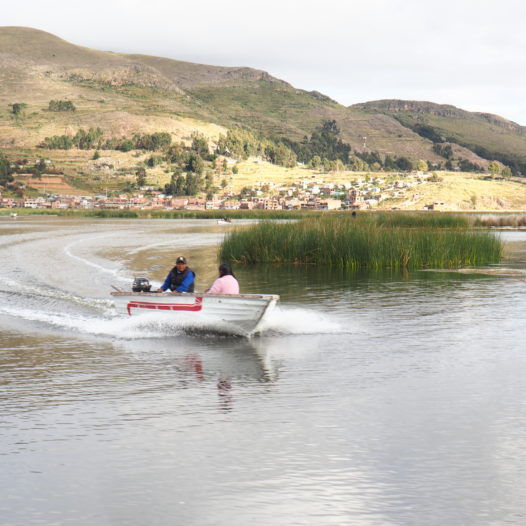

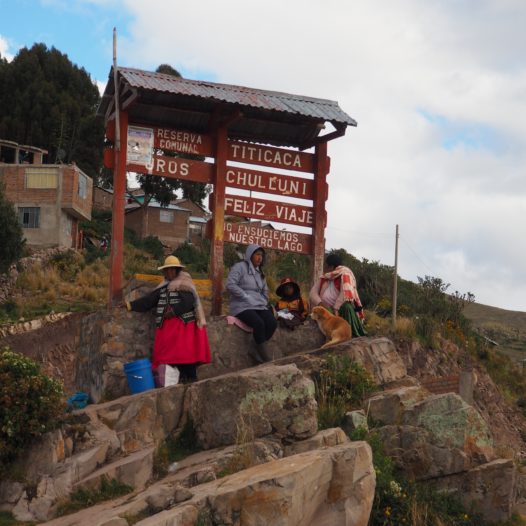
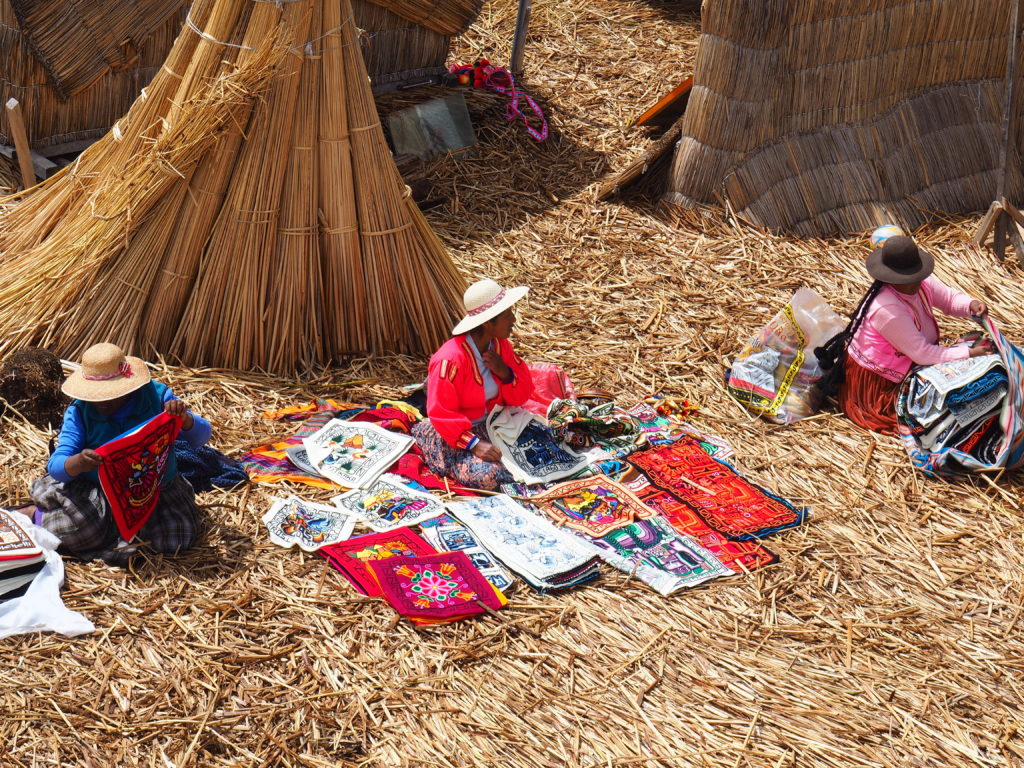
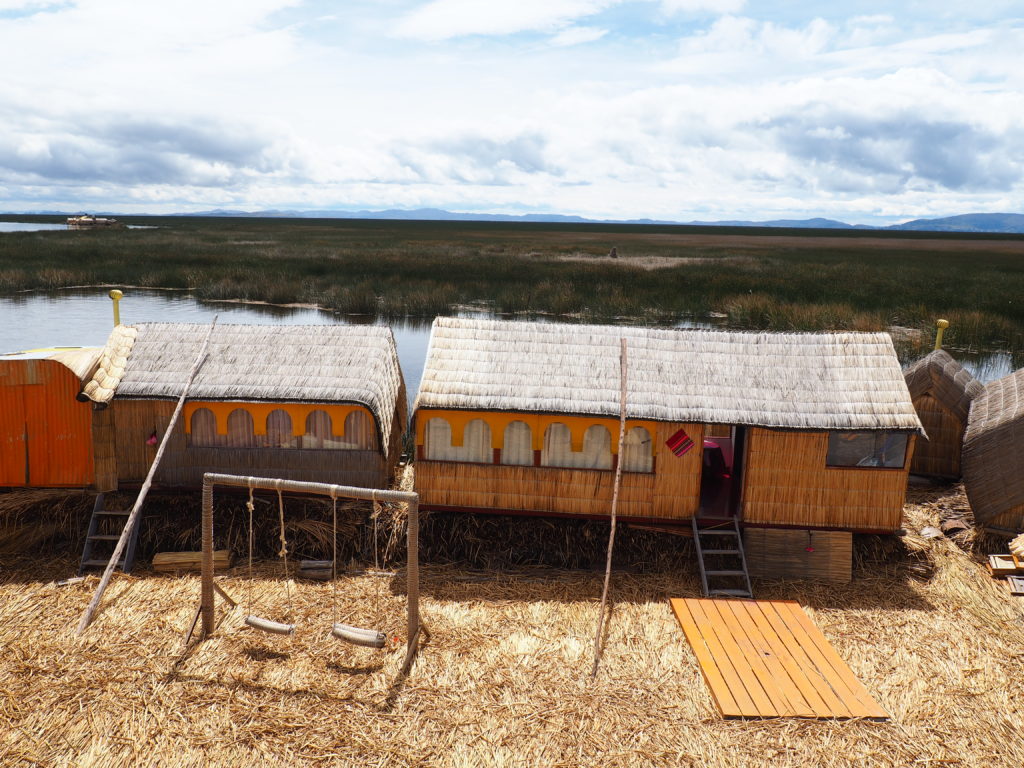

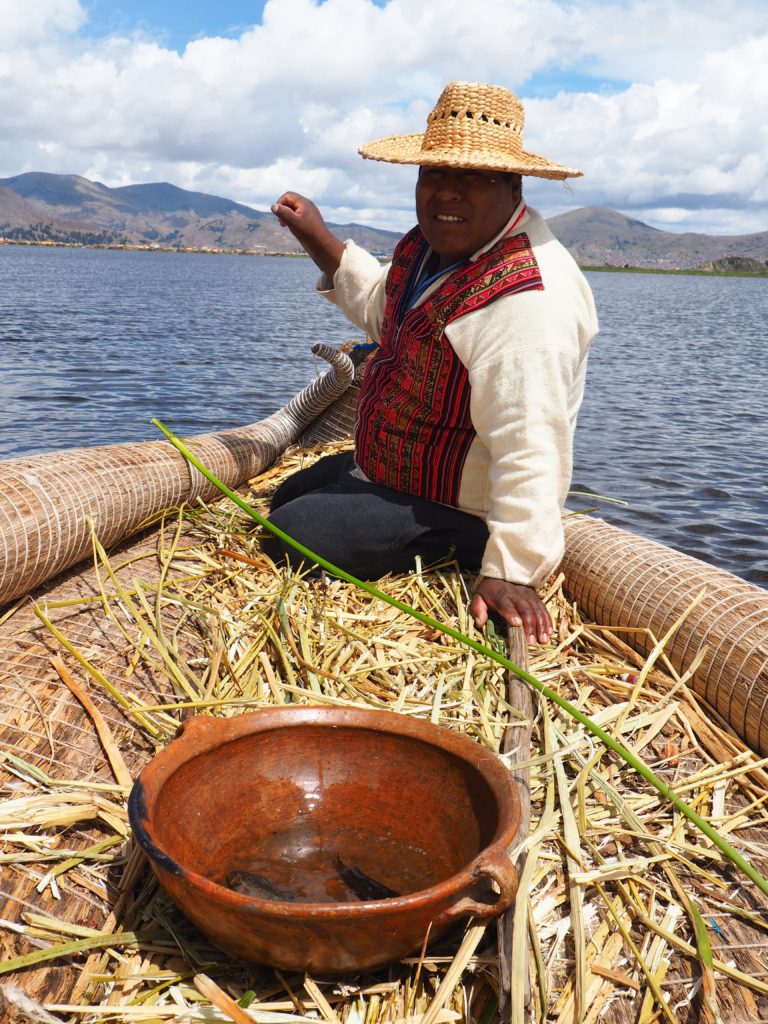



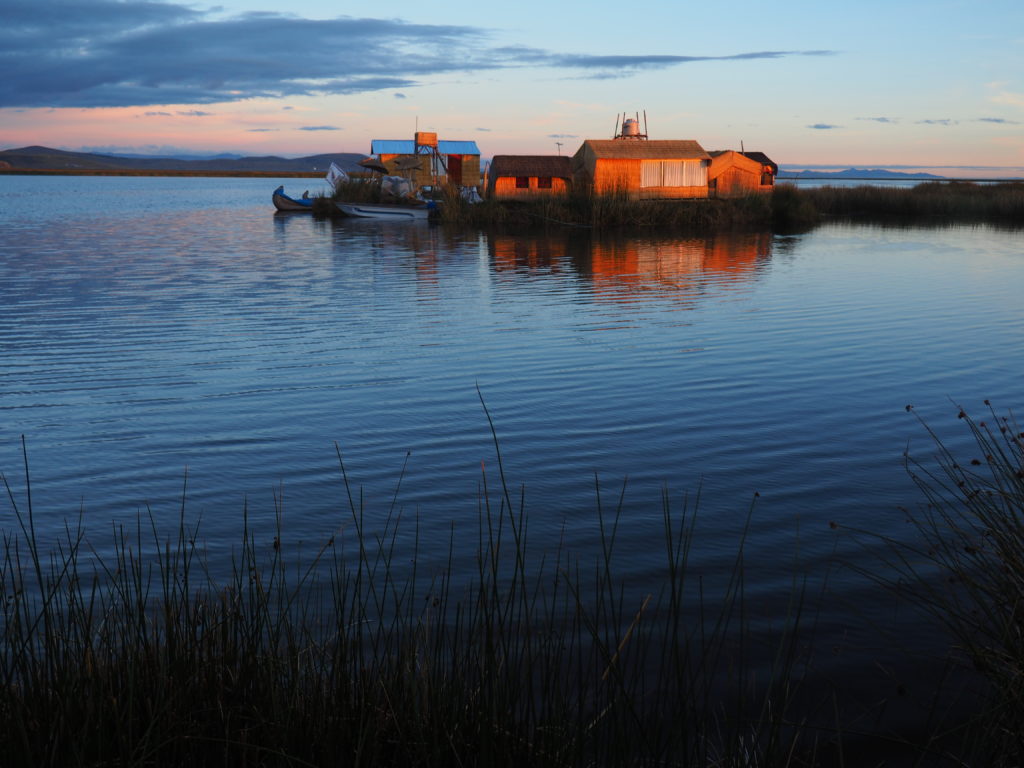
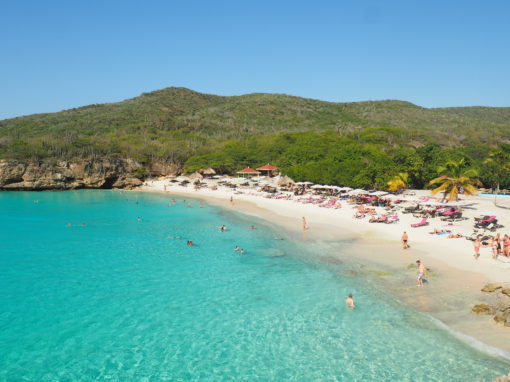
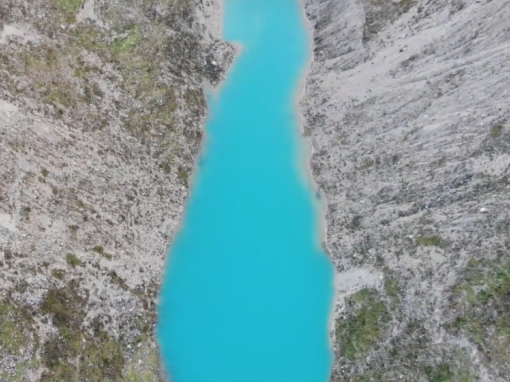
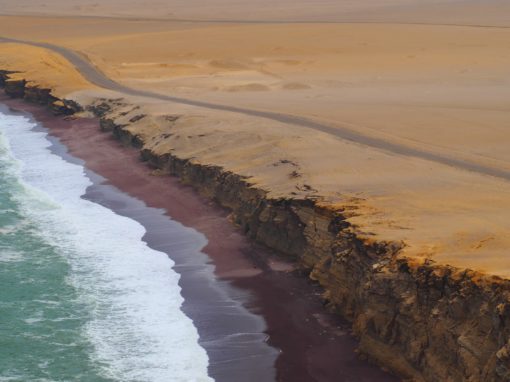

Theresa
June 3, 2021 at 1:59 pm
Sounds interesting! How did you go about booking to stay with a family in Uros on Lake Titicaca?
Kristel
June 4, 2021 at 8:49 am
Hi Theresa, you can book them these days via booking. Just google the lodge and it will pop up. Good luck / have fun! Cheers, Kristel from TTT
brooklyn
December 6, 2024 at 6:52 pm
Thanks for writing your blog. My husband and I are traveling from Canada to Peru in February and Lake Titicaca is on our list. We want as much of an authentic trip as possible so are interested in staying on the islands, but we speak limited Spanish. Do you think this would become a barrier while staying with a family on the Uros Islands?